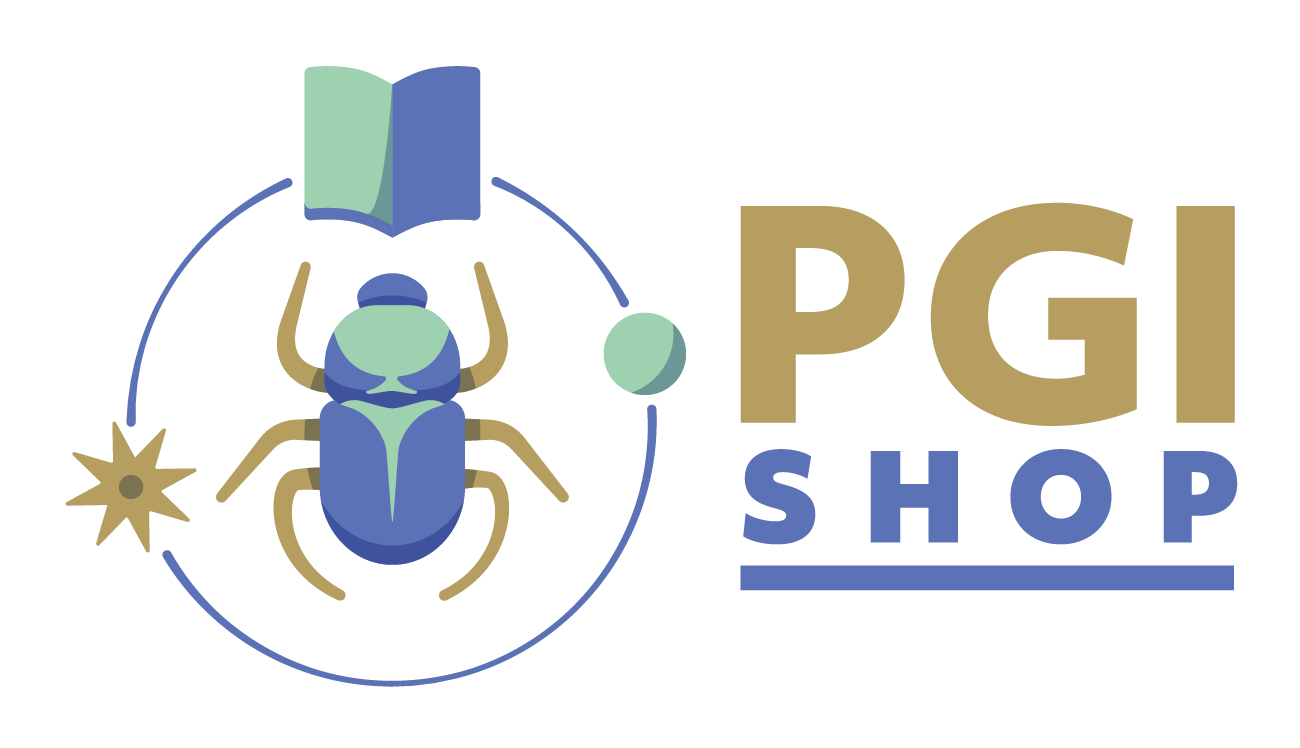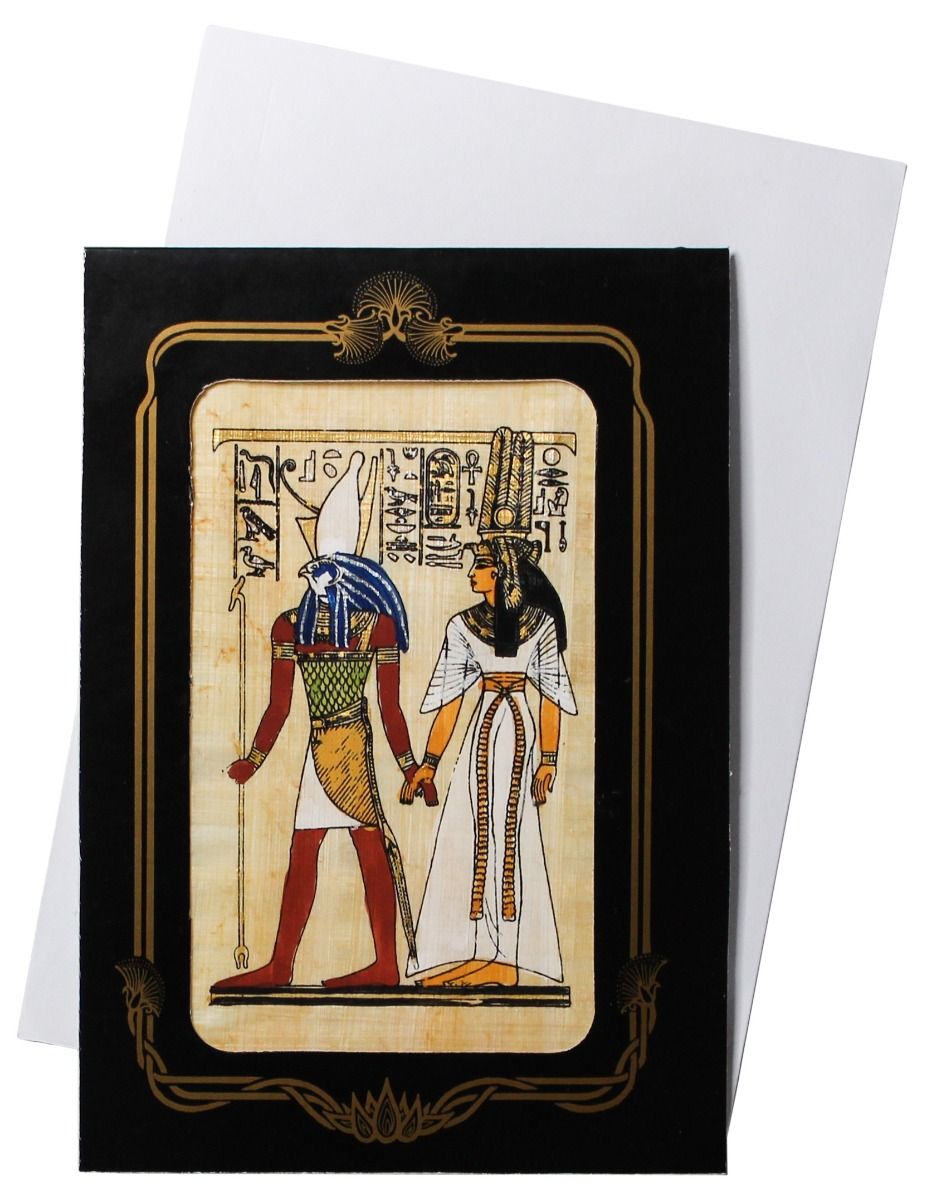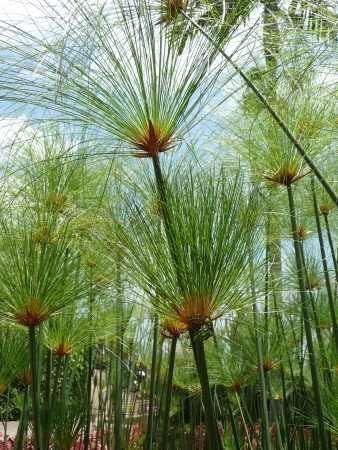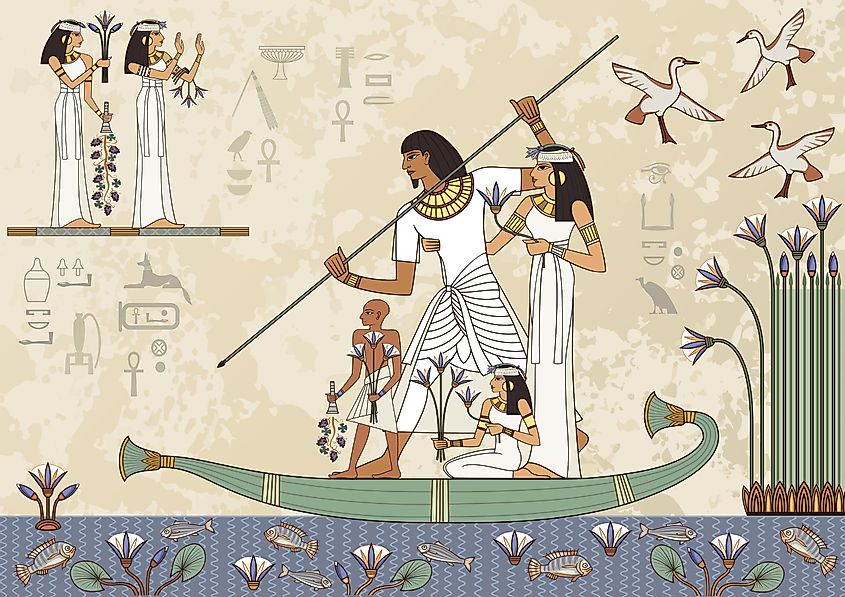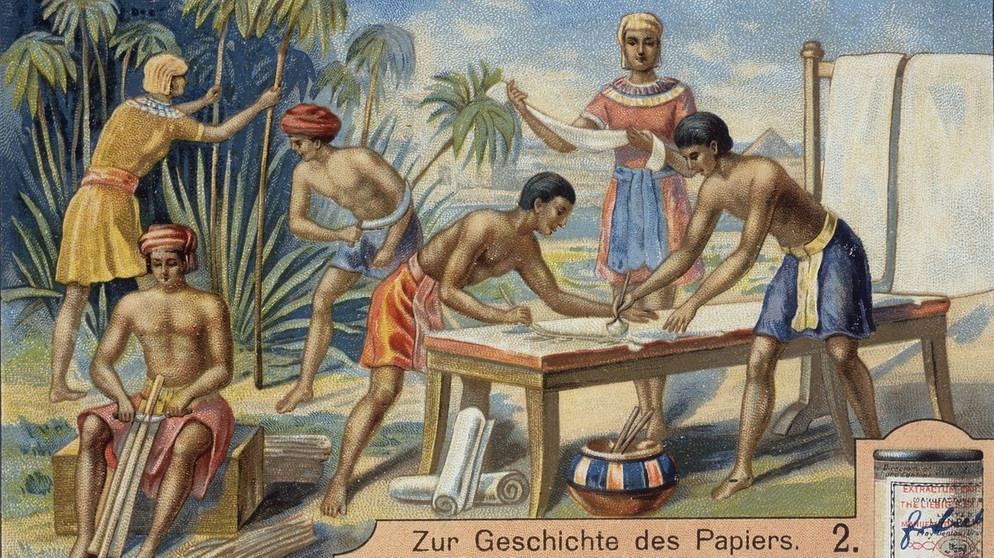Papyrus Mini-Gallery - Horus and Nefertari painted
Hand-painted natural papyrus 11.5 × 16 cm, black folding passepartout, writing paper as well as a hanging eyelet.
The royal wife of Ramses II is shown here hand in hand with Horus. Horus, son of Isis, is depicted as a falcon-headed man usually wearing the double crown of Upper and Lower Egypt.
Nefertari was already married to her husband "Ramses II" before he ascended the throne, and the two already had several children together. In the burial chamber of the high priest Nebwenenef, Nefertari is depicted behind her husband in the so-called "appearance window" of the palace. In the following period, the queen repeatedly appears in scenes behind her husband, which is to be understood as an expression of her high position.
Nefertari is mentioned for the last time in the 24th year of Ramses II's reign, at the dedication of the two temples of Abu Simbel, for which the ruling couple travelled specially to Nubia.
The name of this powerful god Horus means something like: "the one above, the one far away". As the god of kings, of the sky, of light and of the world in general, Horus became the main god of the Egyptians over the millennia. But he had to fight hard for this position against the brother of his father Osiris - the god Seth.
Horus is usually depicted in the form of a falcon. On many images, however, Horus is also depicted as a god with a human body and a falcon's head. The mostly falcon-headed Horus was equated with the pharaoh and Re, the sun's eye (sun). That is why every pharaoh called himself Horus. The eyes of Horus represent the sun and the moon. Hathor, the goddess of beauty and love, is most often named as Horus' consort.
Our papyrus range
We offer you light, ochre-coloured natural papyrus from Egypt. You can choose from various hand-laid formats. The design possibilities with papyrus are manifold. You can write on it, paint it or print on it; you can use ink, fibre pens, water-based or tempera paints.
Papyrus is a natural product
In the Nile Delta, papyrus leaves are still produced in the traditional way. Families in the countryside harvest the papyrus stems, which can be up to 6 metres high, and process the raw material into papyrus leaves with great skill. Carefully made papyrus leaves are produced in several steps, which always have an individual, handcrafted character.
Fair trade with Egypt
PGI buys Egyptian products directly from the producer. This allows us to bypass dealer stations and offer our customers favourable prices. But the Egyptian producers also benefit from this direct marketing, they achieve much higher prices for their products. We regularly visit our partners in Egypt and discuss the upcoming needs on site.
